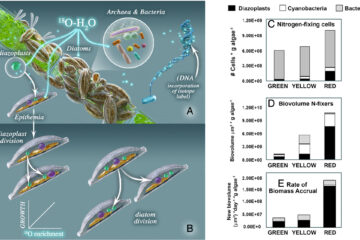Effects of flow restoration and exotic species removal on recovery of native fish: lessons from a dam decommissioning
Flow diversion and invasive species are two major threats to freshwater ecosystems, threats that restoration efforts attempt to redress. Yet, few restoration projects monitor whether removal of these threats improve target charac- teristics of the ecosystem. Fewer still have an appropriate experimental design from which causal inferences can be drawn as to the relative merits of removing exotic fish, restoring flow, or both. We used a dam decommissioning in Fossil Creek, Arizona, to compare responses of native fish to exotic fish removal and flow restoration, using a before- after-control-impact design with three impact treatments: flow restoration alone where exotics had not been present, flow restoration and exotic fish removal, and flow restora- tion where exotics remain and a control reach that was unaffected by restoration actions. We show that removal of exotic fish dramatically increased native fish abundance.
Flow restoration also increased native fish abundance, but the effect was smaller than that from removing exotics. Flow restoration had no effect where exotic fish remained, although it may have had other benefits to the ecosystem. The cost to restore flow ($12 million) was considerably higher than that to eradicate exotics ($1.1 million). The long-term influence of flow restoration could increase, as travertine dams grow and re-shape the creek increasing habitat for native fish. But in the 2-year period consid- ered here, the return on investment for extirpating exotics far exceeded that from flow restoration. Projects aimed to restore native fish by restoring flow should also consider the additional investment required to eradicate exotic fish.


